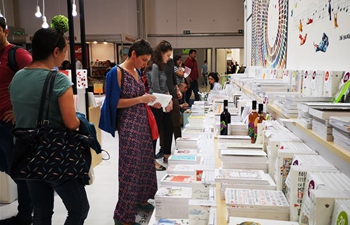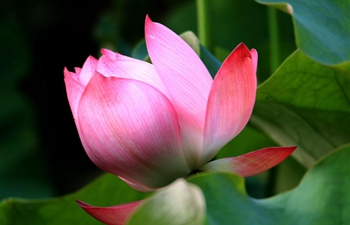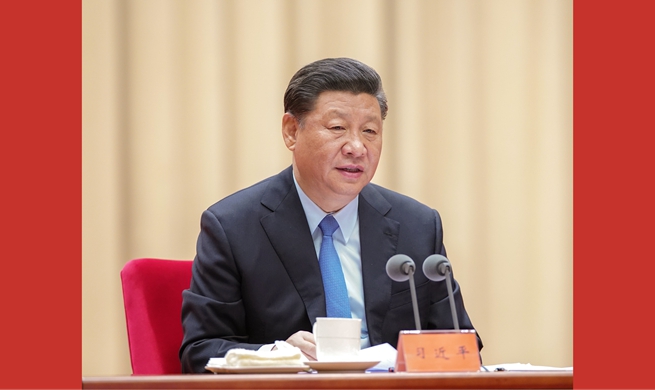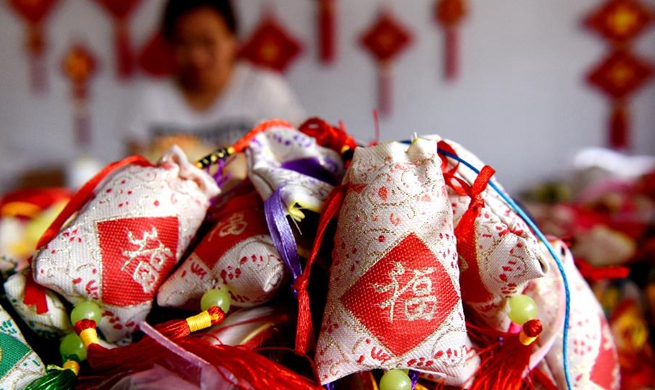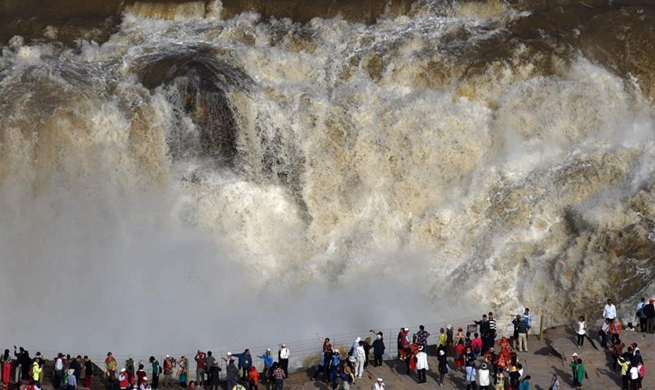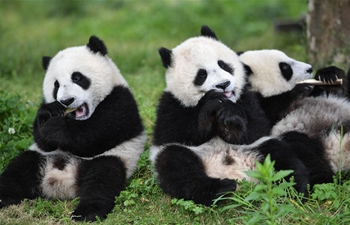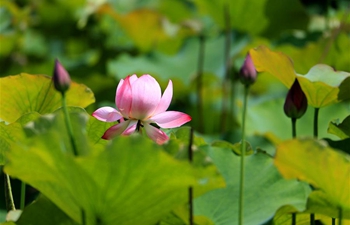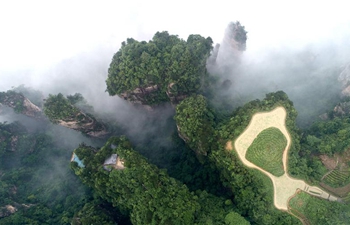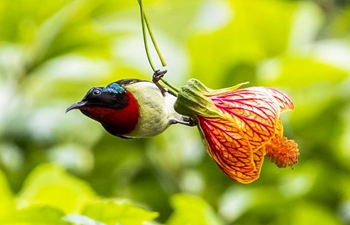WELLINGTON, June 2 (Xinhua) -- A workshop of Chinese Huaiyang Cuisine, a prestigious culinary genre in east China's Jiangsu province, kicked off in Wellington on Sunday.
Eight classic Huaiyang dishes by six celebrity chefs led by Chen Xiaoming, the executive sous chef of Jiangsu Wuxi Hubin Hotel, were taken to the dining tables, which lighted up the eyes and taste buds of New Zealand diners. The hosts introduced the characteristics of the ingredients and cultural background of the dishes.
"Chinese cuisine is famous for its diversity. There are so many kinds of Chinese food, and there are so many kinds of Chinese dishes beyond our imaginations. Today's eight great dishes created by the six famous chefs made us see different delicious Chinese food," said Wellington City Councillor Simon Woolf, who holds the city ambassador portfolio.
Guo Zongguang, director of the China Cultural Center in New Zealand, encouraged New Zealanders to travel to China or enjoy Chinese cuisine. He believed that the workshop would promote the mutual understanding and friendship between the peoples of China and New Zealand.
"This year is the year of China-New Zealand Year of Tourism. One of the best means for New Zealanders to know China is to taste Chinese food because there's a traditional saying in China 'Food is the paramount necessity of the people.' The Chinese people are food lovers, so are the New Zealanders," said Guo.
"The China Cultural Center in New Zealand is glad to cooperate with the Network of International Culturalink Entities to invite the renowned Huaiyang cuisine Chefs from Wuxi city of Jiangsu province to present tonight's food workshop, to let New Zealanders experience China through a bite of China," he added.
Zhao Ying, director of Network of International Culturalink Entities of the Ministry of Culture and Tourism of China, explained to the guests that Huaiyang Cuisine is one of the Four Great Traditions in the Chinese culinary scene - comprised of Lu, Huaiyang, Yue and Chuan, which represent the cuisines of North, East, South and West China respectively.
Derived from the cooking styles of the regions surrounding the lower ends of rivers Huai and Yangtze, the cuisine revolves around a deep understanding of freshness, original flavors and temperance of food.
